How does a folding phone work?
Fold phones are becoming the design trend of the 2020s. If these phones could reduce prices and increase quality, they would really be more popular. However, hardware is clearly the main obstacle here, so it's worth finding out what's in a foldable phone and why these materials are limiting its development.
Glass class
Conventional phone screens are obviously not foldable. But if you've ever tried to fold the regular smartphone screen, you'll discover that they are usually made of multiple layers, including the inflexible glass. Existing folding phones have overcome that by using alternative plastics and some manufacturers (such as Corning) are working on making truly bendable glass.
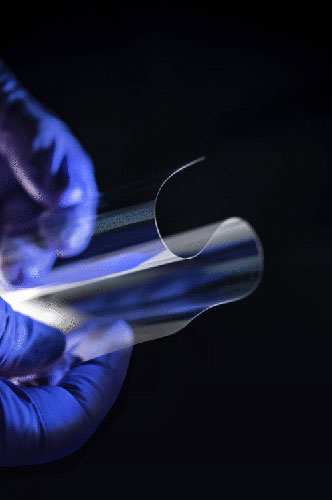
Samsung Z Flip is one of the first folding devices to feature a true glass screen. Replaceable plastics get a lot of complaints because they are softer and more easily scratched than previously used glass.
Rest of the screen
However, making the bendable glass still easier than doing the same thing with other things beneath it. Current foldable smartphones tend to use OLED (Organic Light Emitting Diode) technology, as this type of screen has fewer layers than LCD screens and does not need a backlight.
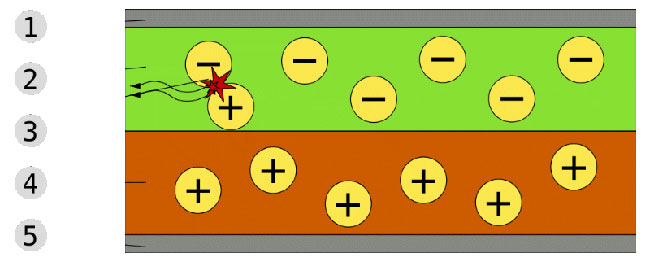
OLED displays are made up of thin films made of organic material that glow when electricity flows through them. Electricity is transmitted to the pixels through multiple layers of thin conductive material, which needs to be transparent so you can actually see the pixels.
Indium tin oxide (indium tin oxide) is the material of choice in an OLED screen that cannot be bent, but because it is not flexible, foldable phones need to use some transparent, electrically conductive materials, Can bend other.
The researchers considered the use of silver and graphene nanowire materials, among many other potential substitutes, and like glass, the technology is continuing to improve. However, as with most new materials, putting all these together is not easy.
Case and hinge
The back of the phone doesn't need to be transparent, so it looks like just placing the hinge under some flexible support material is all right, right? Things are not really like that. These folding mechanisms soon gave rise to problems. They cause folds on the screen, allowing dust and other particles to enter the phone.
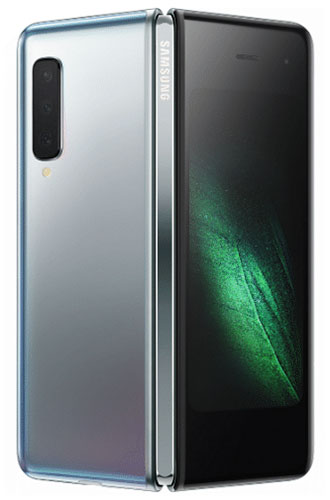
Samsung's Galaxy Fold - the first one-piece folding phone from a major manufacturer - suffered a hinge error. Of course, putting any kind of mechanical or moving parts into the device is likely to shorten its average lifespan.
Display
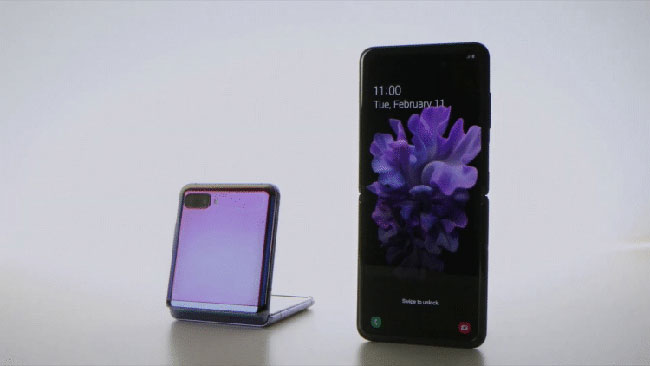
Compared to hardware challenges, getting apps to work well with folding phones is relatively simple. Most applications have been prepared to deal with a variety of screen sizes, from small phones to full-sized tablets, as well as switching between modes. Google announced that it has partnered with Samsung to plan to support foldable phones in future Android versions.
Fold-screen phones will get better
There are still a lot of things to deal with folding phones. For now, you will have to pay a premium price for this phone, but the risk of the screen being scratched and / or broken is quite high. If you go into the hardware issues, you also see many limitations that folding phones are in the process of fixing.
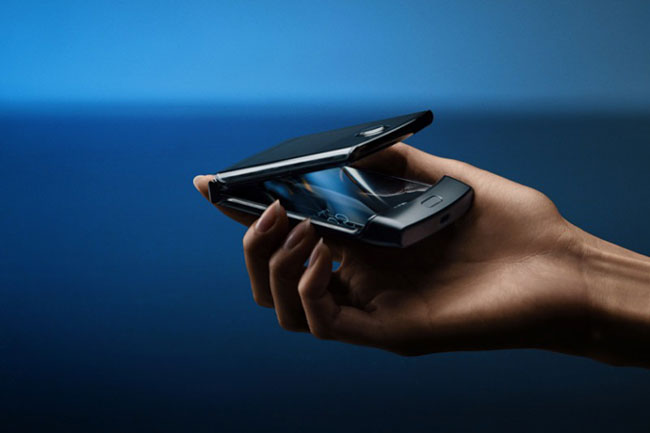
When hardware is standardized, costs may drop. However, perhaps users have to wait at least 1 or 2 years until the biggest bugs are resolved.
You should read it
- Samsung aims to sell 1 million Galaxy Folds, and this is the actual result
- The most famous way of folding clothes in the world
- Microsoft explains why folding phones will be the next big innovation of technology
- Galaxy Fold 2 will be launched in early 2020 with an extremely reasonable price
- Samsung plans to launch two more screen-folding phones in the near future
- Struggling the folding screen smartphone of the drug lord's brother: It's just the Galaxy Fold with more gold decals
- Hot: Samsung Galaxy Galaxy Fold will open for sale in South Korea on September 6, US and other markets in the coming weeks
- 10 phones of particular importance over the past 10 years
- Every upcoming phone available this spring and summer of 2020
- Pixel Fold, Google's first folding phone, what to expect?
- 6 major challenges that folding screen phones need to overcome to prove they are not technology 'soon and dark'
- The first rumors about Galaxy Fold 2: bigger screen, cheaper price, hidden camera under the screen






 Will Apple launch a folding phone soon?
Will Apple launch a folding phone soon? No less, this is LG's folded phone image
No less, this is LG's folded phone image This is Samsung's folding phone
This is Samsung's folding phone 6 major challenges that folding screen phones need to overcome to prove they are not technology 'soon and dark'
6 major challenges that folding screen phones need to overcome to prove they are not technology 'soon and dark' Turns out the Surface Phone, Microsoft's folded phone looks like this
Turns out the Surface Phone, Microsoft's folded phone looks like this Video shows another idea about folding phones
Video shows another idea about folding phones